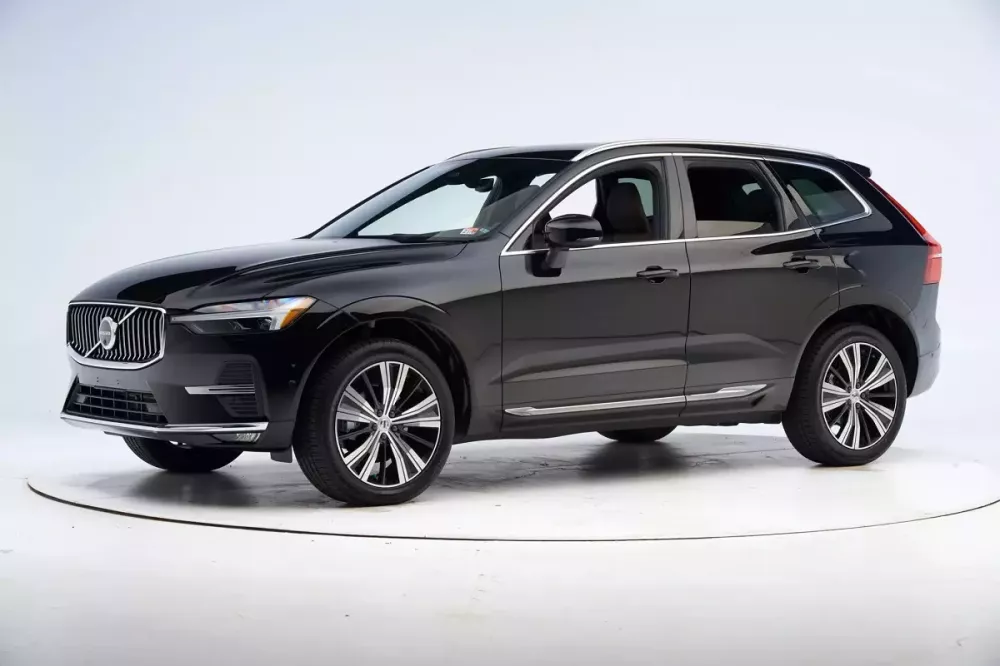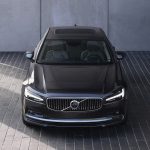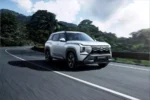Over the years, the Insurance Institute for Highway Safety (IIHS) has conducted numerous tests to evaluate the safety of rear seat passengers in various car models. The latest tests involved a range of midsize luxury SUVs, including the Lincoln Aviator, Mercedes-Benz GLE-Class, Volvo XC60, Acura MDX, BMW X3, Audi Q5, Lexus RX, and Cadillac XT6.
According to IIHS, car manufacturers have traditionally focused on protecting front seat occupants, neglecting the safety of rear seat passengers. As a result, the rear seat safety measures in most tested models were found to be lacking.
The test results revealed that only three midsize luxury SUVs provided good protection for rear seat passengers: the Lincoln Aviator, Mercedes-Benz GLE-Class, and Volvo XC60. Among them, the Volvo XC60 scored the highest in all categories, both for front and rear seat passenger protection.
IIHS test video featuring the Volvo XC60
The Mercedes-Benz GLE-Class still presented a risk of neck injuries for rear seat passengers. Additionally, the inner dummy in the Lincoln Aviator was pushed too close to the front seat during collisions. However, both models were still rated as “Good” in terms of rear seat passenger protection, just like the Volvo XC60.
The Acura MDX and BMW X3 were both rated as “Acceptable”. According to IIHS, the injuries to rear seat passengers in these two luxury models were within acceptable limits. However, the rear seat passengers in the Acura MDX were more likely to slide out of the seat belt. In the BMW X3, the inner dummy was pushed closer to the front seat.
In contrast, the Audi Q5 and Lexus RX, both midsize luxury SUVs, received a “Marginal” rating for rear seat passenger protection. In IIHS’ tests, the dummies’ heads and necks were prone to injuries due to sliding out of the seat belt. Furthermore, rear seat passengers were at risk of head and neck injuries in collisions.
The Cadillac XT6, the worst performer in terms of rear seat passenger protection among the tested midsize luxury SUVs. IIHS rated this American model as “Poor” because the dummies slid out of the seat belt, and passengers were at risk of head, neck, and chest injuries in collisions.
IIHS test video featuring the Cadillac XT6
However, it is worth noting that midsize luxury SUVs still offer the best rear seat passenger protection compared to other vehicle segments in the US market. This is due to the fact that five out of the eight tested models were rated as “Good” or “Acceptable”. Additionally, the segment includes the highest-rated model overall, the Volvo XC60.
“More than half of the 2024 midsize luxury SUVs performed well in our small overlap front crash tests, which is encouraging,” said David Harkey, President of IIHS. “The three models that received the ‘Good’ ratings in this group demonstrate that our tougher new criteria are achievable when the manufacturers are committed to doing their best.”
However, there are still room for improvement in terms of rear seat passenger protection. “While some models in this segment performed well, we still observed too many instances in which rear seat occupants slid out of the seat belt. This demonstrates that many manufacturers need to put more effort into improving seat belt systems in the rear seats,” concluded Harkey.
[CAR REVIEW] Volvo XC60 Ultimate Recharge: “The Car of the Year 2022” – Is it deserving?
Recognized as one of the top 6 contenders on the grand stage of the Car Award 2022 organized by VnExpress, the Volvo XC60 Recharge embodies all the exceptional qualities that set it apart from its competitors. From its elegant exterior, spacious interior, and modern technology to its superior specifications and, most importantly, its guaranteed safety, the Volvo XC60 Recharge has it all. But is that enough?
































![[CAR REVIEW] Volvo XC60 Ultimate Recharge: “The Car of the Year 2022” – Is it deserving?](https://vnauto.net/wp-content/uploads/2023/11/xehay-volvoxc60recharge-28042023-23-150x150.jpg)














